
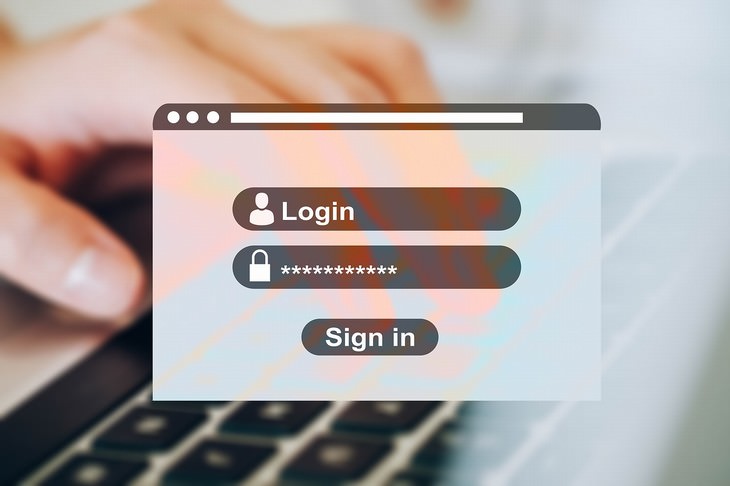

Step 1. Open Google Chrome and click on the 3 vertical dots icon in the top right corner of your screen.
Step 2. A drop-down menu will appear. Find and click on the Settings. This will take you to the settings of your browser, and to continue, scroll down until you find the Autofill section.
Step 3. In this section, you will see 3 lines: Passwords, Payments and Addresses and more. Each section will let you customize, enable or disable Chrome from filling in each type of information when browsing online, filling in forms and payment information, or logging into your account.
To illustrate how to add autofill information and enable/disable autofill in Chrome, let us demonstrate how to add an address to Chrome autofill.
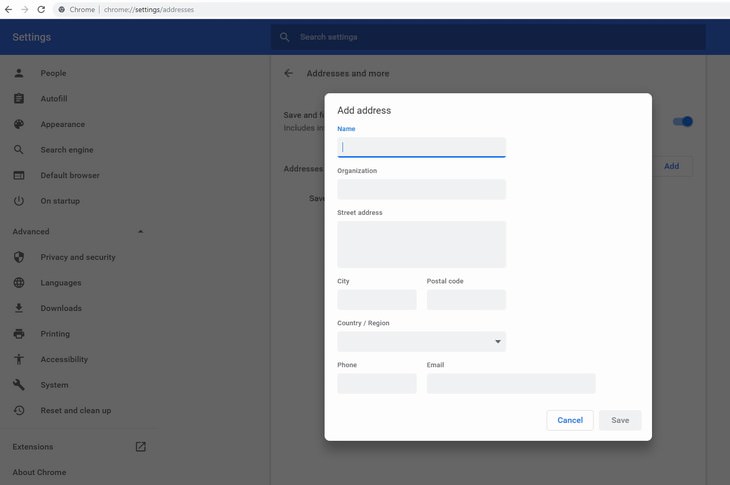

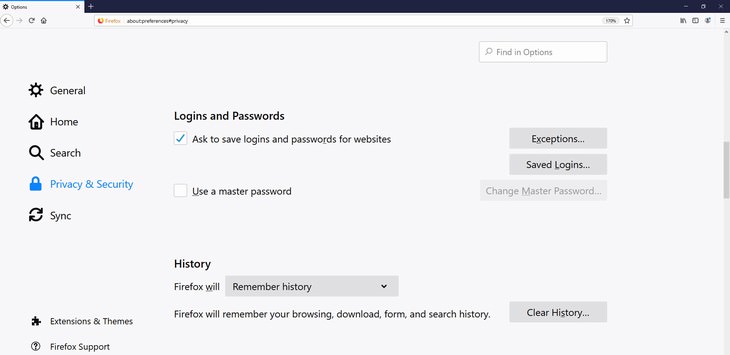
3. Other Forms. As we mentioned, Firefox will automatically remember previous searches, addresses and any information you used to fill in a form and suggest it for you to reuse the next time you’re on that site. If you want to delete or disable this feature, follow these steps:
How to disable form autofill in Firefox
Step 1. Open the browser, find the 3 horizontal lines on the top right corner of the browser. A drop-down menu will appear and you have to choose Options.
Step 2. Find the Privacy & Security panel, click on it and scroll down to Use custom settings for history.
Step 3. Uncheck the box next to "Remember search and form history". That's all.
How to delete individual entries
Step 1. Go to the site and find the form, search box, etc. in question. Click on it and press the ↓ key, this will display the saved entries.
Step 2. Highlight the entry you wish to delete using the ↓ key or the mouse pointer and press Delete on your keyboard.

Step 1. Open the browser and click on Safari in the browser menu. A drop-down menu will appear, and here you have to click on Preferences.
Step 2. In the Preferences section, find the Autofill icon. This will include 4 options, each accompanied by a checkbox and an Edit option (see image below). To enable auto-filling in the given category, the checkbox has to be checked, and to disable it, simply click on the checkbox once.
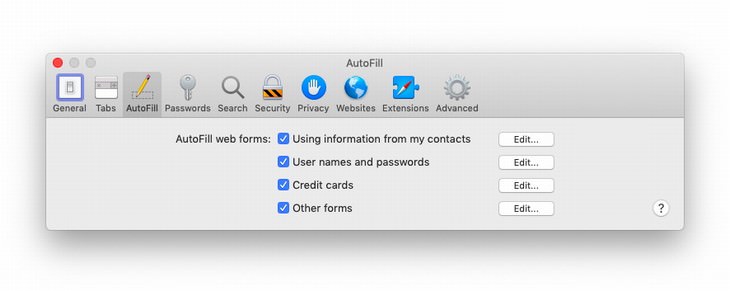
Let’s explain what each section does:
If you’d like to add, check or edit the information in any of these categories, click on the Edit button next to that section and proceed accordingly. For example, clicking on Edit next to "User names and passwords" will reveal the Password preferences window that allows you to view, change or delete saved login information for each individual site.
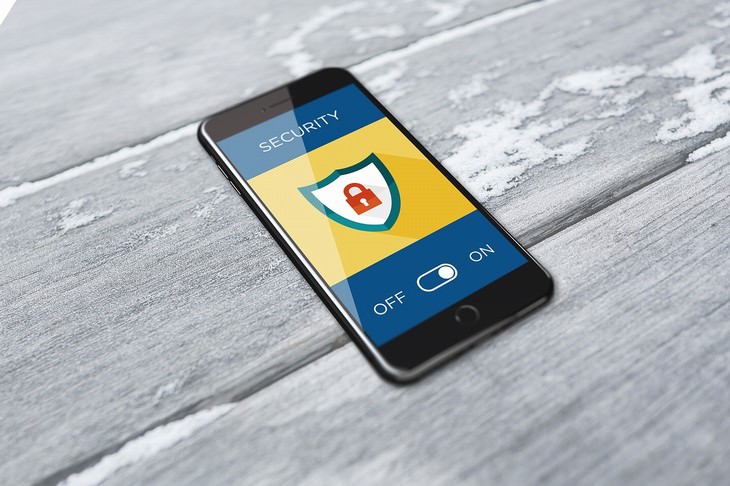
As we mentioned previously, browser autofill settings are limited to your web browser, but most of us also use various apps on our phones nowadays, and these, too, require you to fill in login information or shipping info. That’s what specialized autofill apps are for, as they can help you fill in the long forms and difficult-to-remember logins and passwords in a pinch.
A significant bonus of these apps is that they typically use an encryption method to make sure your passwords and personal info is safe from strangers. Most of these apps require only one master password for every use and can be used across multiple devices. Here are our recommended autofill app picks.
All of them offer free versions, are available for several types of operating systems and have paid extras that will let you connect multiple devices and share information with trusted people:
Autofill is a handy feature and it does save you a lot of time, but keep in mind that the information you’re submitting into your browser may be too private or sensitive for others to see. We prioritize your safety and thus recommend you use your personal information on your home computer and mobile phone only, and never enable autofill on your work computer or a device you use temporarily.